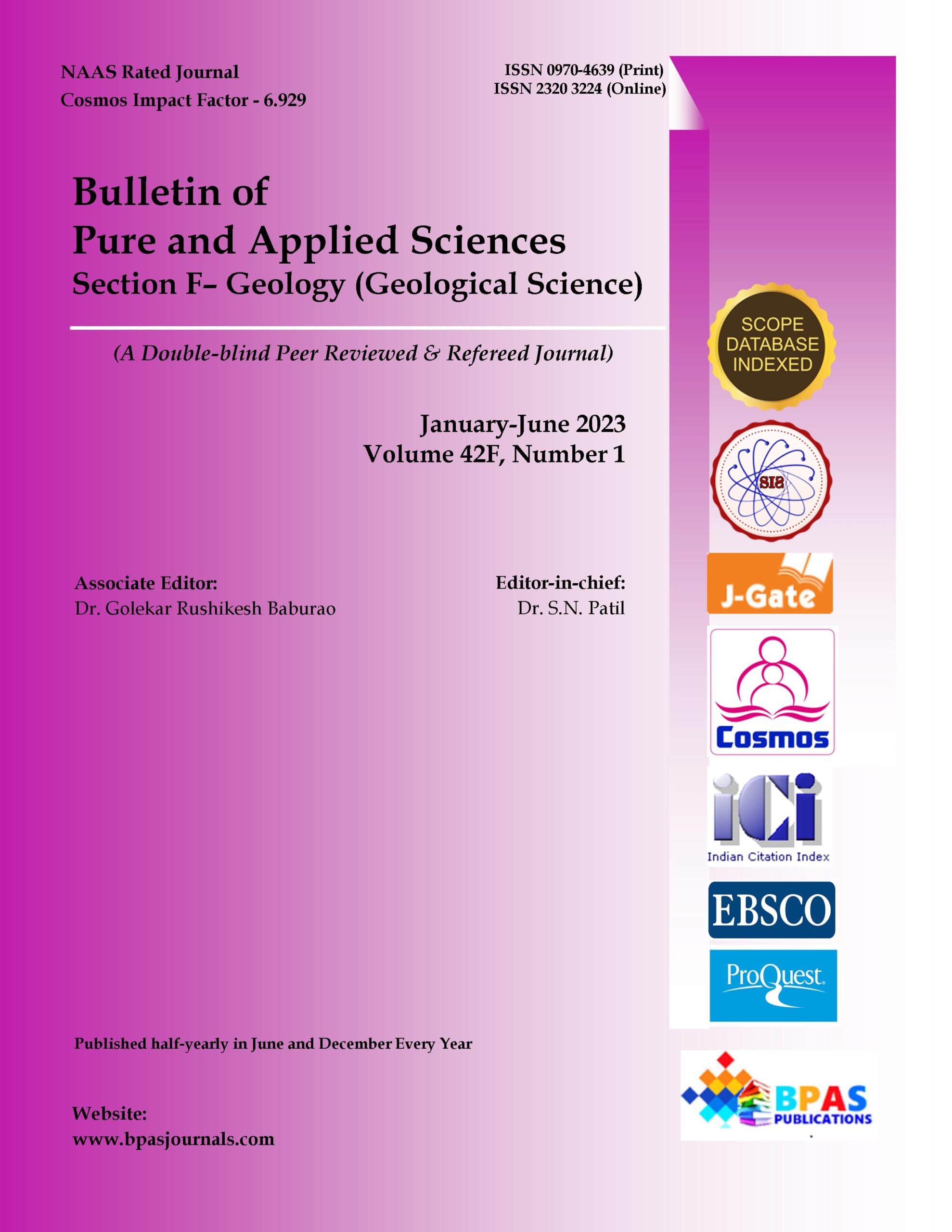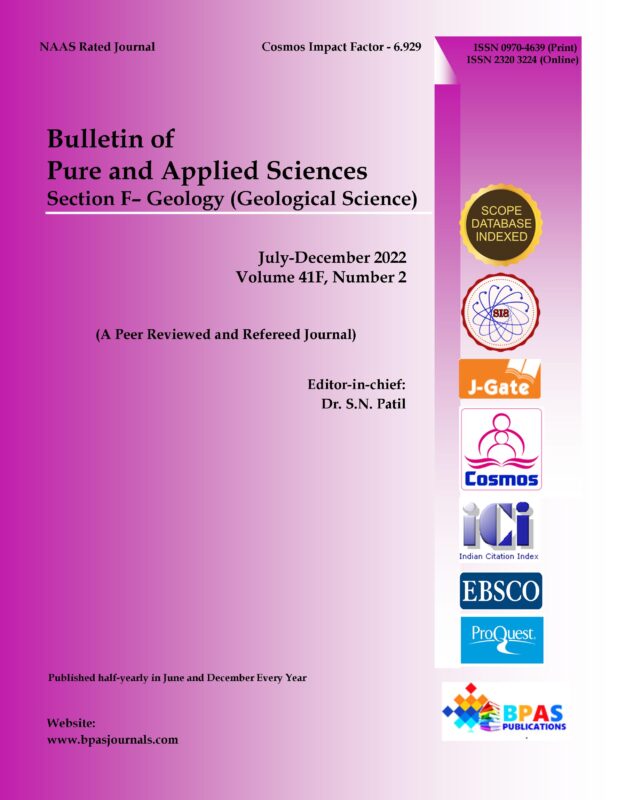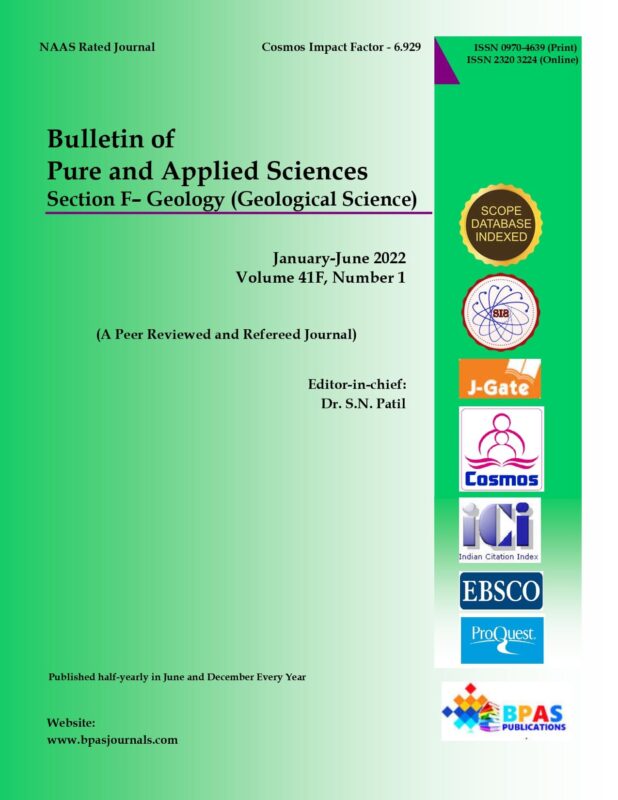Comparison between SVD-Based and Automatic Geophysical Inversion for Schlumberger VES Data: A Case Study from Konkan Coast, Maharashtra
9.38$
1G. Gupta*, 2S. Ramachandran and 3K. Tahama
| Bulletin of Pure and Applied Sciences.
Geology (Geological Science), Vol.42F, No.1, January-June 2023: P.88-105 |
| Original Article
DOI: 10.48165/bpas.2023.42F.1.8 |
Description
Comparison between SVD-Based and Automatic Geophysical Inversion for Schlumberger VES Data: A Case Study from Konkan Coast, Maharashtra
1G. Gupta*, 2S. Ramachandran and 3K. Tahama
| Author’s Affiliations:
1KSK Geomagnetic Research Laboratory, IIG, Prayagraj, Uttar Pradesh 221505, India 2Dept. of Marine Geology & Geophysics, Cochin Univ. of Science & Tech., Kochi, Kerala 682016, India 3Indian Institute of Geomagnetism, New Panvel, Navi Mumbai, Maharashtra 410218, India
|
| *Corresponding Author: G. Gupta, KSK Geomagnetic Research Laboratory, IIG, Prayagraj, Uttar Pradesh 221505, India
E-mail: gupta_gautam1966@yahoo.co.in
|
| (Received on 25.01.2023, Revised on 20.03.2023, Approved on 12.05.2023, Accepted on 19.05.2023, Published on 15.06.2023)
How to cite this article: Gupta G., Ramachandran S. and Tahama K. (2023). Comparison between SVD-Based and Automatic Geophysical Inversion for Schlumberger VES Data: A Case Study from Konkan Coast, Maharashtra. Bulletin of Pure and Applied Sciences- Geology, 42F(1), 88-105. |



